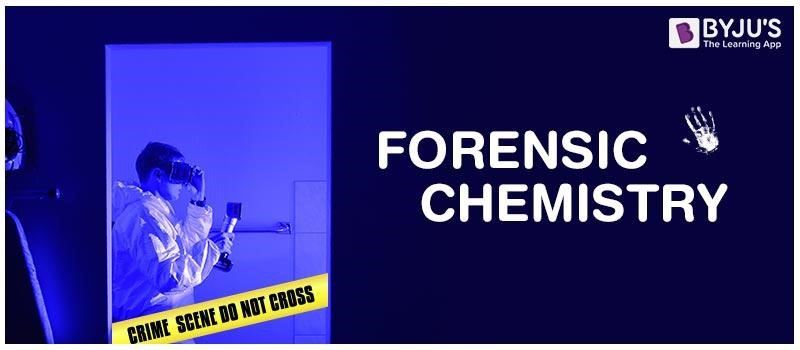What is Forensic Chemistry?
Forensic Chemistry can be defined as the practice of application of our knowledge in the field of chemistry to solve crimes.
There are several methods that we can adopt from chemistry to help solve uncertainties in a crime scene.
Some examples of applications of forensic chemistry
- Spectroscopy techniques are used to check the purity of materials.
- Detecting illegal drugs and narcotics using identification and separation techniques.

As we know, every subdivision of science has its foot in one or the other aspect of our lives. From the developing technologies improving the quality of the food we eat to sending rockets to space, science is everywhere. Let us look at one such field of science known as Forensic Chemistry.
Role of a Forensic Chemist
A forensic chemist is a person who is expected to spend their time and effort to identify, quantify and evaluate unknown items at a crime scene. They spend their time in the laboratory and analyze the evidence from the crime scene. After which the information is handed over to a detective who puts together all the information from all the different departments and advertently solves the crime.
Methods used in Forensic Chemistry
- Spectroscopy: Spectroscopy is the method of imparting electromagnetic radiation on a body and recording its reaction to it. Used to measure sample by absorption spectroscopy. Also, in measuring of toxic samples in blood.
- Chromatography: When the substance to be texted is impure, forensic chemists use chromatography. Chromatography breaks down the mixture into its component constituents which can be analyzed separately.
To learn more about the different forms of chemistry, like Geochemistry and more, register with BYJU’S.




Comments